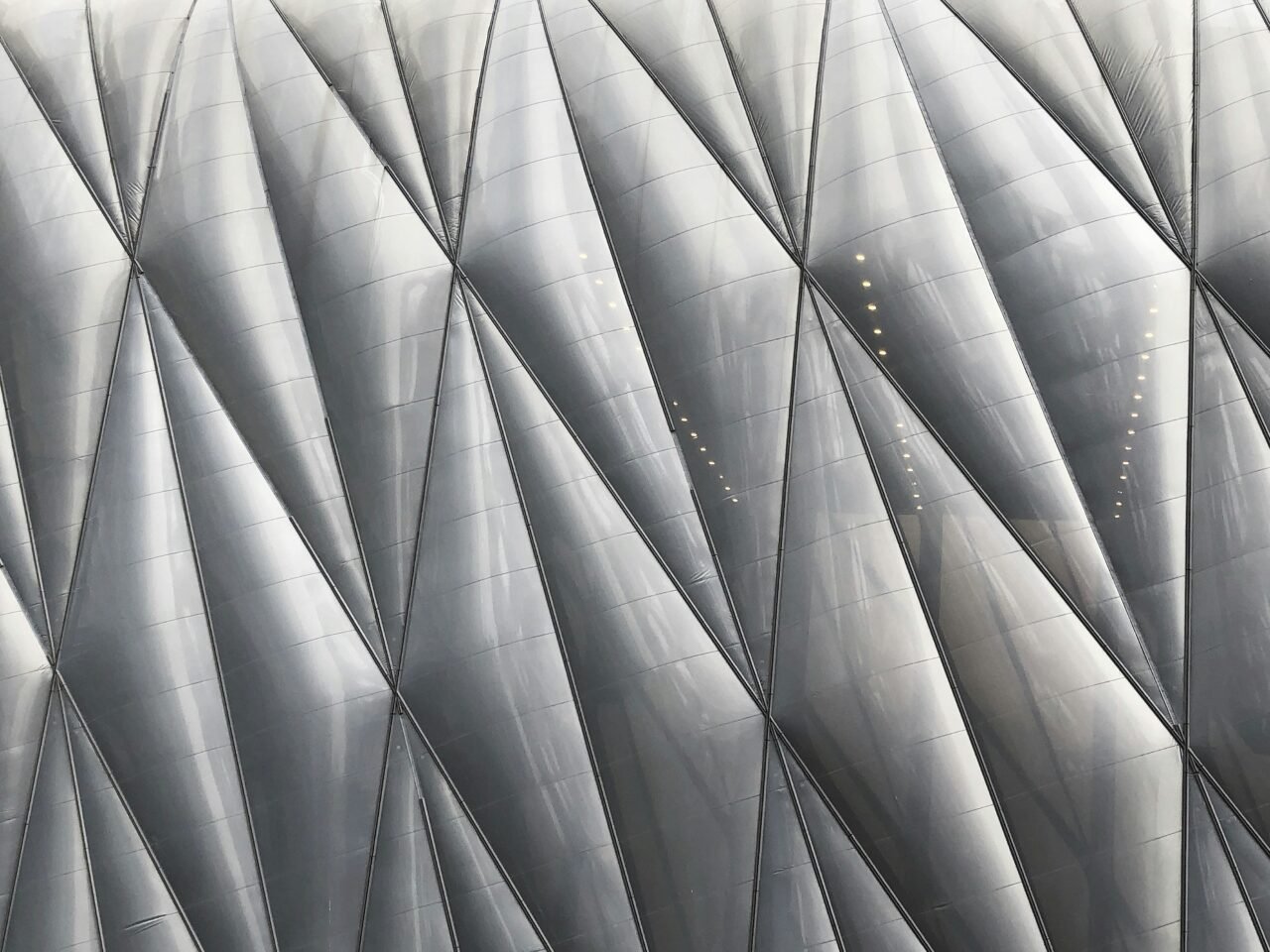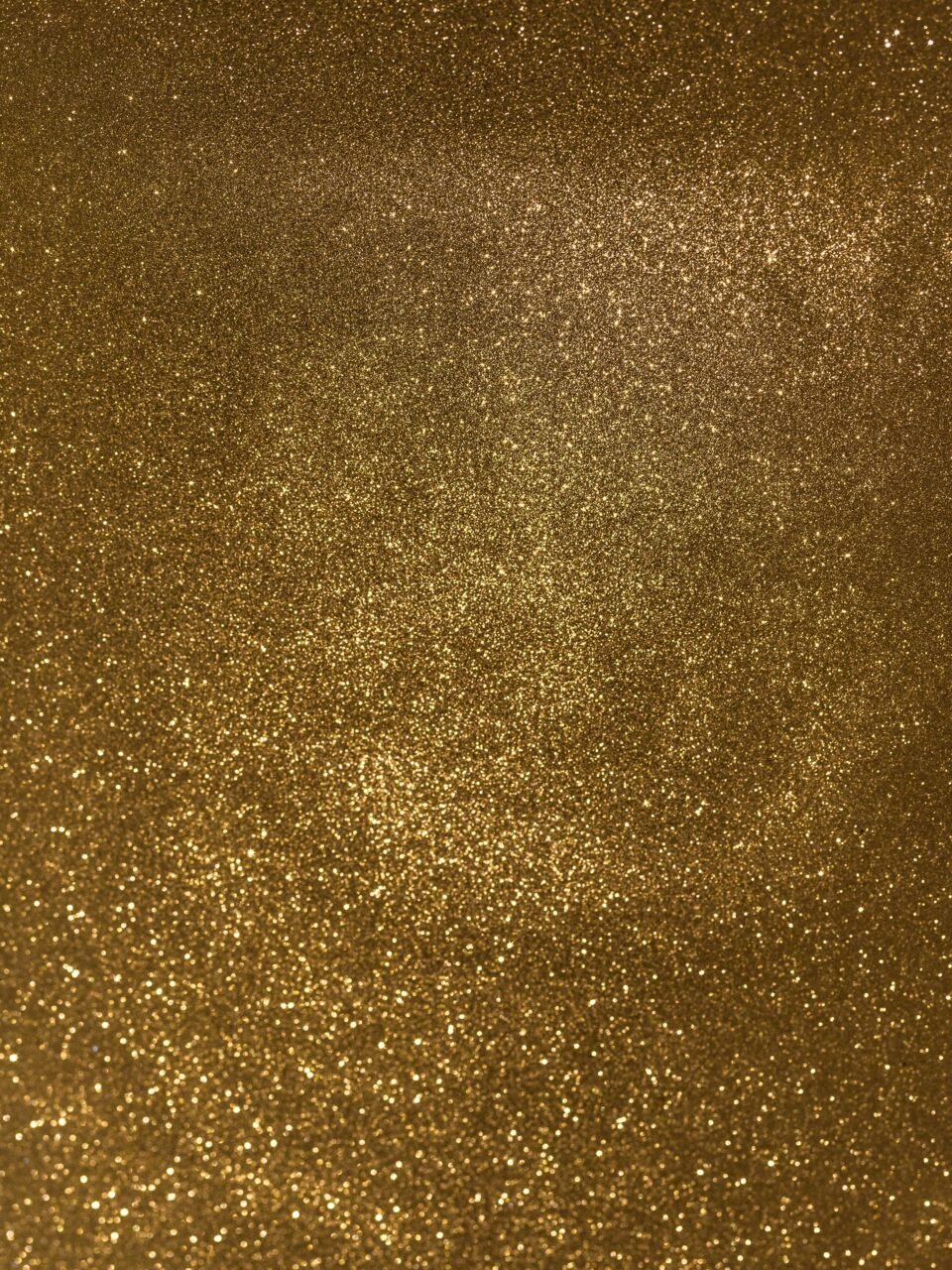What is Silk Screen Printing?
Silk screen printing, also known as screen printing, is a common printing technique used to transfer designs onto various materials, such as paper, fabric, metal, plastic, and glass. The basic principle of silk screen printing involves using a mesh to transfer ink onto a substrate, leaving behind the desired design or image.
What is Gold Ink?
Prints made with gold powder ink are very popular among consumers. The main components of copper gold powder silk screen printing ink are metallic powder raw materials and liquid resin (i.e., ink binder). The ink binder acts as an adhesive for the pigments and protects the ink film after drying. Binders for gold ink generally use resins with very low acid and amine values to avoid affecting the ink’s luster, such as ethyl cellulose, nitrocellulose, polyvinyl acetate, and polyamide resin, and some waxy substances are added to improve the suspension of the pigments.

What Should Be Noted When Using Gold Ink?
The metallic powder used in gold ink is bronze powder, which is prone to oxidation and can lose its metallic luster under the influence of moisture, air, heat, and certain chemicals. For example, bronze powder can easily blacken in an acidic binder or in the presence of trace amounts of sulfur, and after printing, it may gradually lose its luster and turn dark when reacting with sulfur in the air.
Both its storage and printing performance are poor. Leftover ink should generally not be reused. The copper powder used in gold ink contains a certain proportion of zinc powder, which, depending on the ratio, can make the gold color appear reddish or fluorescent. Gold ink can also be made with aluminum powder and transparent yellow ink, but its glossiness is inferior to that made with bronze powder.
How to Adjust the Color of Gold Ink?
In gold ink that appears golden, the bronze powder is made from a mixture of copper and zinc in different proportions, known as copper gold powder. If the proportion of zinc is higher (about 70% copper, 30% zinc), the ink will have a light greenish color, known as rich gold; if the proportion of copper is higher (90% copper, 10% zinc), the ink will have a light reddish color, commonly referred to as pale gold. The above ratios represent two extremes, and colors that lie between these two hues can be achieved by varying the proportions. These shades can be subtly tinted with transparent orange colorants to match the colors specified in conventional color systems, such as the Pantone color standard.


The Impact of Bronze Powder Particle Size on Gold Ink
The size of bronze powder particles is determined by their final use. For silk screen printing, the bronze powder particle size is typically between 3 to 15 μm. The specific requirements for bronze powder particle size in silk screen printing depend on the final use of the printed product.
| Model | Shade | Average particle size | Covering power(cm2/g) |
| SPG071 | Pale gold | 7-12μm | 4500 |
| SRG072 | Rich gold | ||
| SRPG073 | Rich pale gold | ||
| SRG031 | Rich gold | 3-4μm | 10000 |
| SPG032 | Pale gold |
The larger the particle size, the better the reflective performance of the printed ink film, and the higher the glossiness. This is because larger bronze powder particles have a larger surface area, allowing more light to be reflected off of it, thus increasing glossiness. However, bronze powder with too large particle sizes can pose challenges for efficient ink transfer during the printing process, as this requires a larger mesh size. Finer bronze powder particles are easier to transfer during printing, unlike those with too large sizes which would require screens with larger mesh sizes, but the smaller particles sacrifice glossiness.
Therefore, for lower-grade printed materials, such as T-shirts, coarser bronze powder particles (7-12 μm) are more ideal; while for higher-grade printed materials like CDs, the smallest bronze powder particles (3-4 μm) are most ideal.




